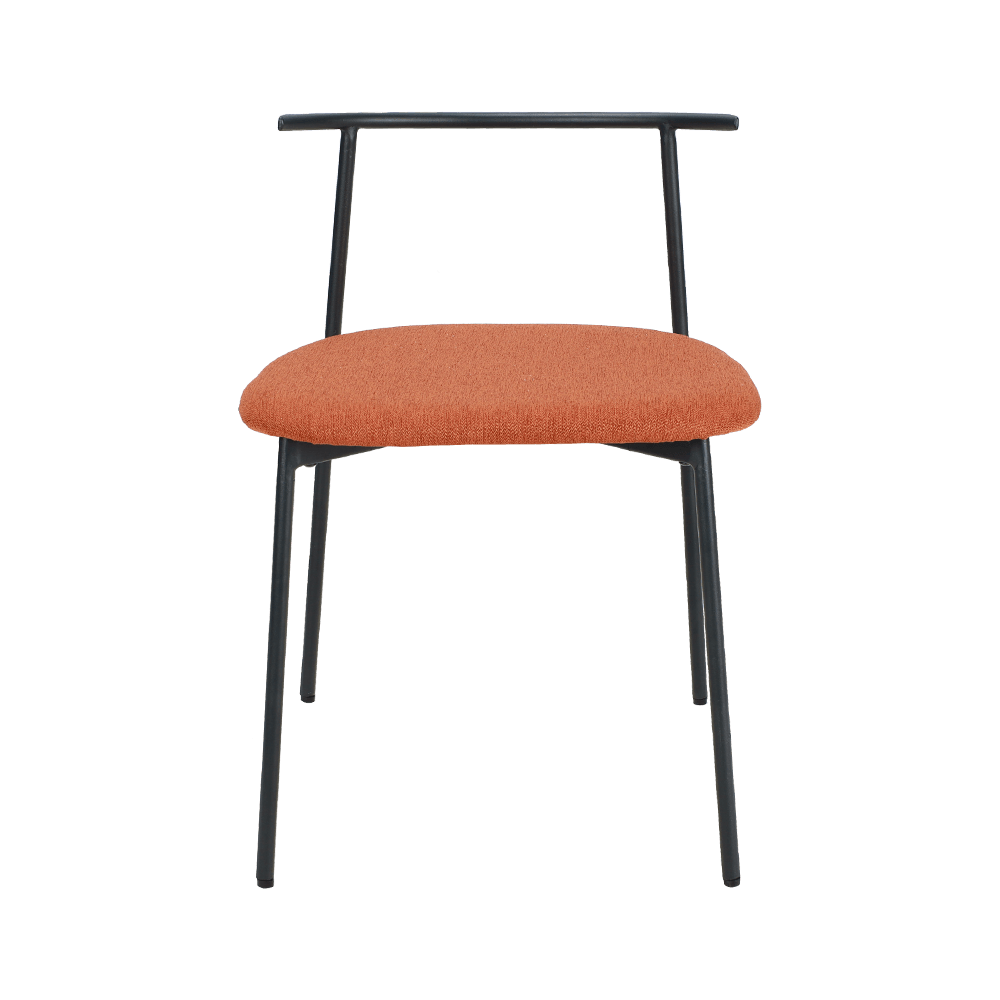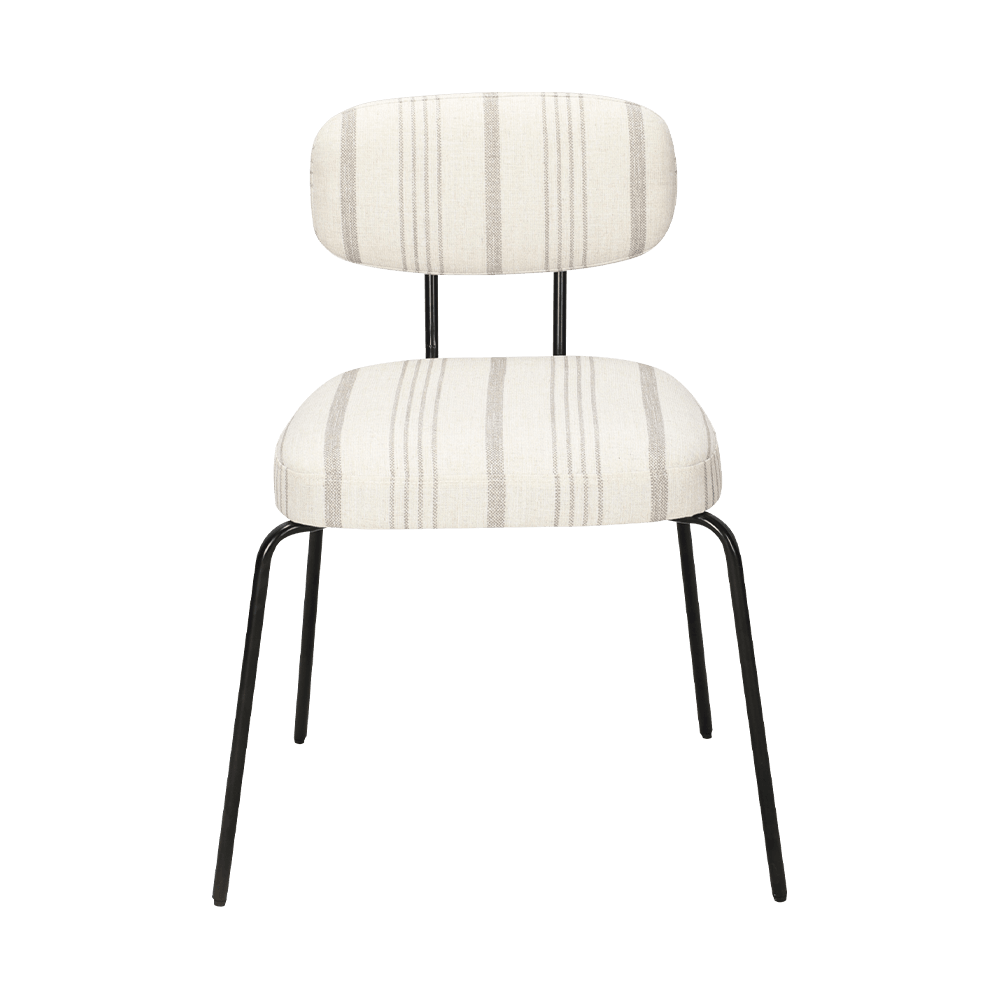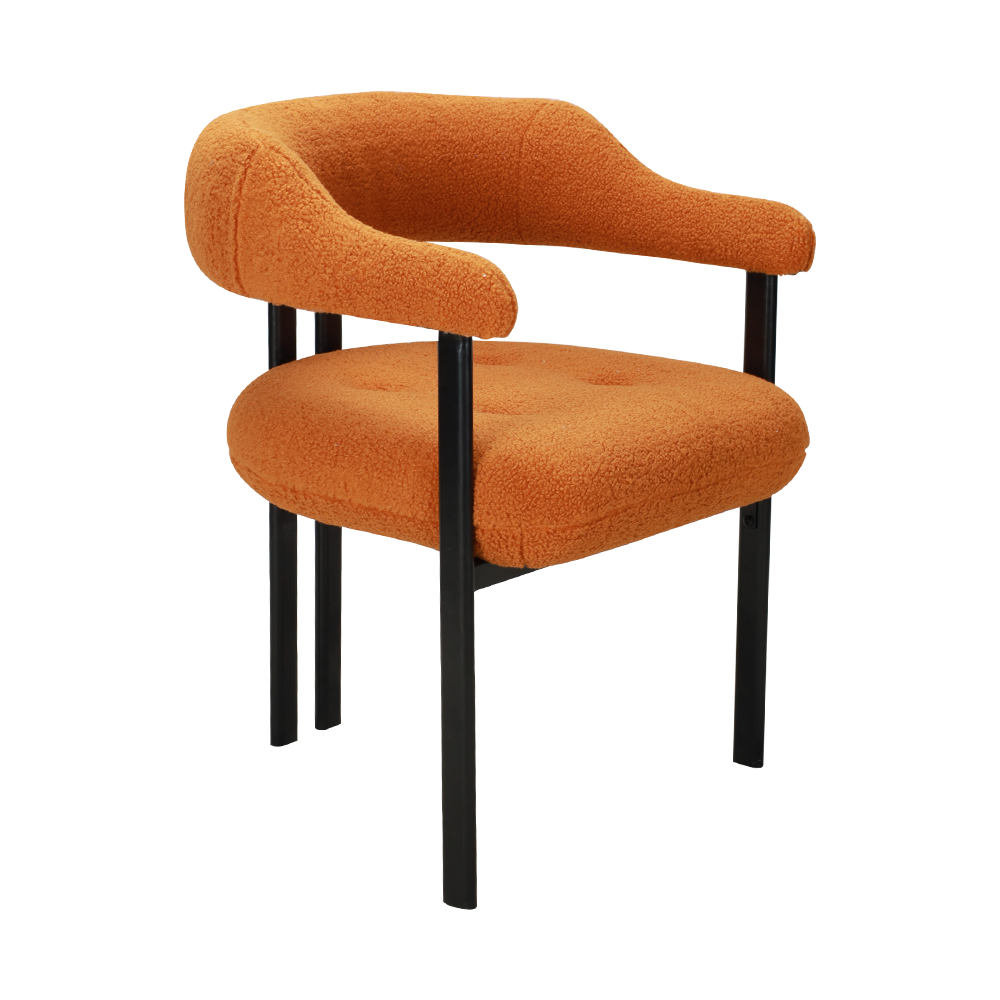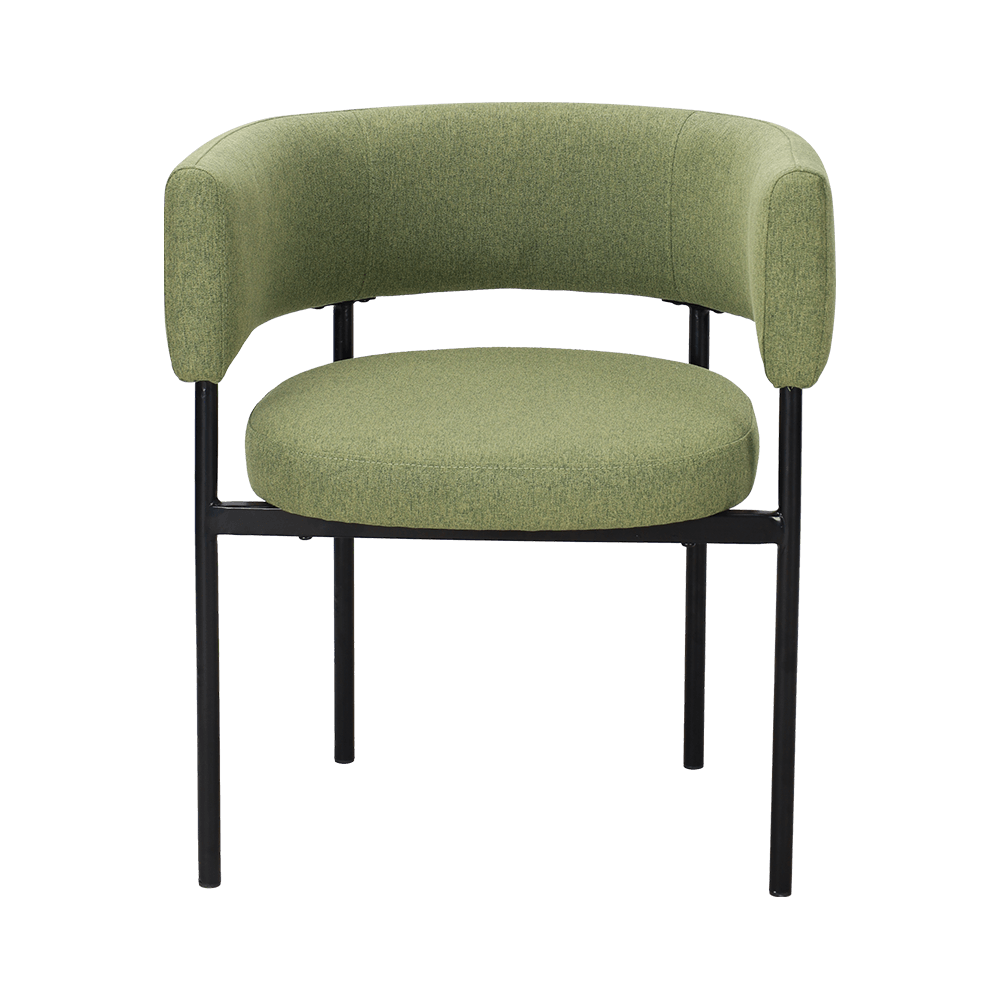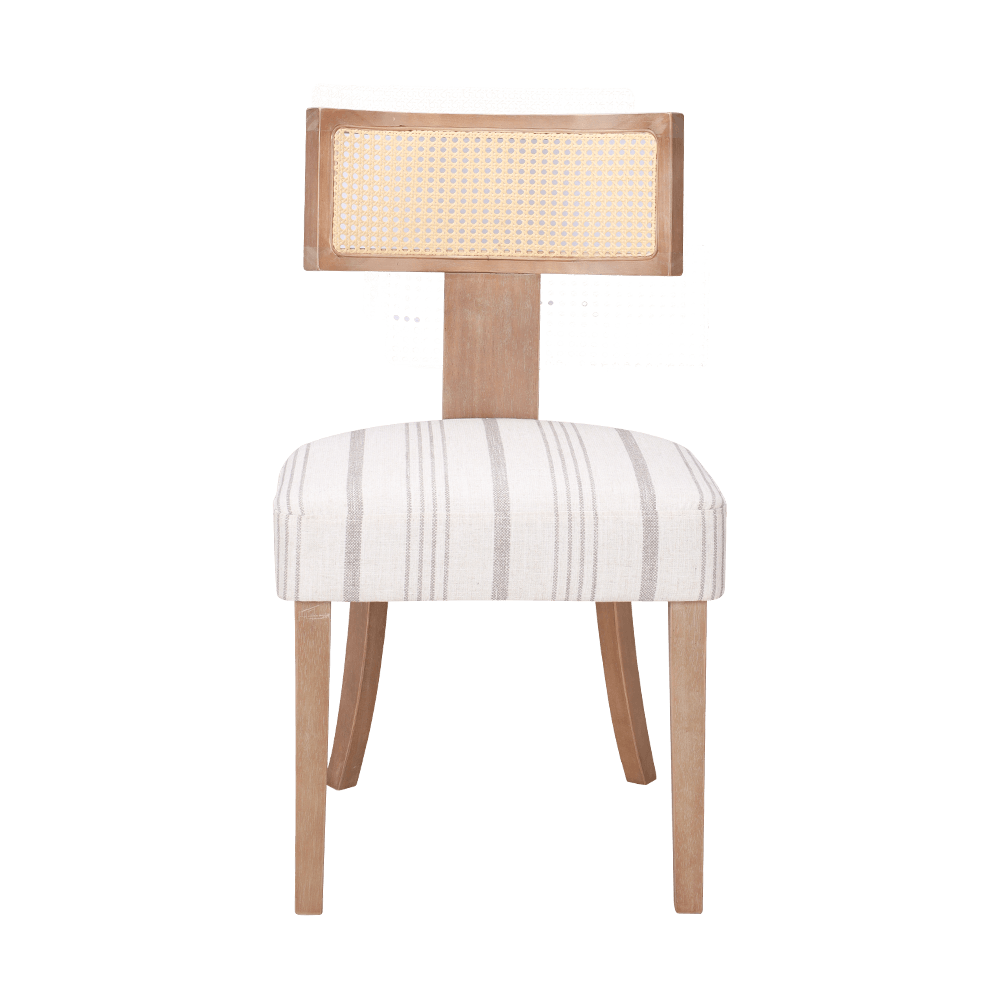Footstool Ottomans: Versatile Fusion of Comfort, Utility, and Aesthetic Design
Posted by Zhejiang Wanchang Furniture Co., Ltd.
Footstool ottomans have evolved far beyond their original purpose of providing a place to rest one’s feet. Today, they represent a multifaceted furniture piece that combines comfort, functionality, and style, making them a valuable addition to homes, offices, lounges, and boutique interiors. This article explores how footstool ottomans blend form and function to meet a wide range of everyday needs while elevating interior spaces with thoughtful design.
Multi-Functional Use in Modern Living Spaces
The true value of a footstool ottoman lies in its versatility. It can serve not only as a footrest but also as a side table, extra seating, or even hidden storage, depending on its design.
- Footrest: The most classic use, ideal for pairing with armchairs, lounge chairs, or recliners to promote relaxation.
- Seat: Compact and mobile, many ottomans can function as additional seating for guests in living rooms, bedrooms, or waiting areas.
- Table: Flat-topped or tray-accented ottomans can be used to hold coffee cups, books, or remote controls.
- Storage: Some ottomans feature lift-top lids or removable cushions, offering interior compartments perfect for storing blankets, magazines, or small items.
This multipurpose quality makes footstool ottomans particularly well-suited for smaller living spaces or minimalist interiors where maximizing functionality is essential.
Materials and Construction
Ottomans are available in a wide variety of materials that suit different usage scenarios and aesthetic preferences. Common materials include:
- Upholstery fabrics: Options such as linen, velvet, faux leather, and cotton blends provide different tactile experiences and visual textures.
- PU or genuine leather: Offers a sleek, durable surface that is easy to clean—ideal for high-traffic environments.
- Wood or metal frames: Contribute to structural stability while influencing the overall design tone.
Interior padding varies by model, with some ottomans using high-density foam for a firm surface and others incorporating plush filling for enhanced comfort.
Aesthetic Impact in Interior Design
Footstool ottomans are available in a wide range of colors, shapes, and finishes, making them adaptable to nearly any interior décor. Popular shapes include round, square, rectangular, and barrel styles, each contributing to a different design flow.
- Neutral tones such as beige, gray, and black create understated elegance.
- Bold colors like navy, emerald green, or mustard yellow can function as accent pieces in otherwise subdued spaces.
- Tufted tops, exposed wood legs, or nailhead trims add visual interest and detail.
Designers often use ottomans to add softness to hard-edged furniture or to introduce contrast in texture and material. Their compact form makes them suitable for layering and repositioning as needed.
Portability and Space Efficiency
One of the practical advantages of a footstool ottoman is its mobility. Most models are lightweight and easy to move, allowing users to reposition them based on the time of day, activity, or layout change.
Some ottomans are stackable or nestable, which adds another layer of flexibility, especially in multi-use or frequently rearranged spaces such as apartments, studios, or collaborative office environments.
Choosing the Right Footstool Ottoman
When selecting an ottoman, consider the following criteria:
- Purpose: Will it be primarily decorative, or used daily for seating or storage?
- Dimensions: Make sure it aligns with the height of your sofa or chair for ergonomic use.
- Material: Choose based on durability, comfort, and maintenance level required.
- Style: Match or contrast it with your existing furniture for your desired design effect.
- Weight capacity: Especially important if the ottoman will be used as a seat.
Some advanced designs even include casters or handles for easier mobility, or modular units that combine several ottomans into a single statement piece.
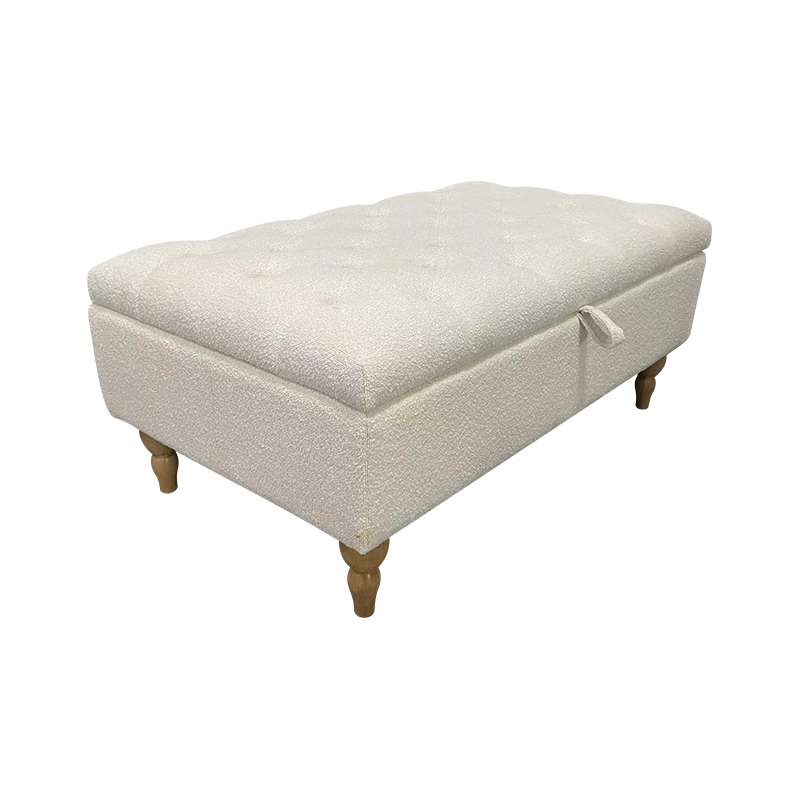
Footstool ottomans represent a seamless blend of comfort, utility, and visual appeal. Their compact size, adaptable function, and wide range of styles make them one of the most flexible pieces of furniture in contemporary interiors. Whether used as a casual footrest, convenient side table, or hidden storage unit, they contribute significantly to both the comfort and character of a room. With thoughtful selection, a footstool ottoman can enhance everyday living while serving as a subtle anchor in the overall design narrative.




 中文简体
中文简体 English
English